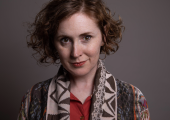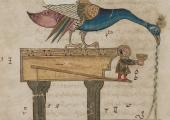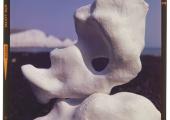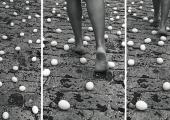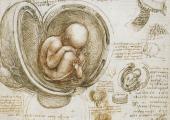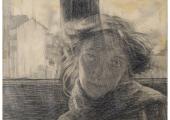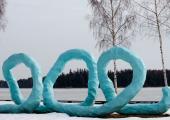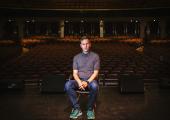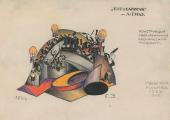Vincent van Gogh: the reader and the writer
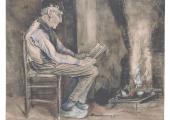
Two new books explore the unseen literary life of the famous painter
A life in art, a life in looking; a life in writing, a life in reading; a life fuelled by passionate emotions, personal attachments and religious turmoil. There are a few artists whose lives are so intertwined with their work that their biography as well as their art achieves a kind of mythic status, but outstanding among them is the Dutchman Vincent van Gogh (1853–1890). Despite the fact he only lived for forty years and was a fully practising artist for only seven of those, looking at Van Gogh is a ceaseless endeavour.

